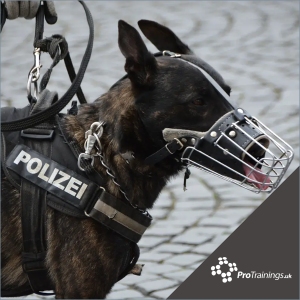In a significant shift within the pharmaceutical sector, the market for human drugs used in veterinary medicine is set to see robust growth. A marked rise of 2.90% CAGR, escalating from US$3.357 billion in 2021 to an anticipated US$4.102 billion by 2028, marks an emerging trend in treating animal health issues with human medications.
Medicines like the painkillers gabapentin and pregabalin (Lyrica), frequently used off-label in horses and dogs, exemplify how human pharmaceuticals are now commonly recommended in veterinary medicine. Despite their original intention for human use, drugs like fentanyl, morphine, methadone, hydromorphone, ketamine, buprenorphine, hydrocodone, and tramadol are being administered to animals, albeit in higher doses due to variations in animal metabolism.
Factors fueling this market growth include a rise in chronic diseases among animals, a burgeoning population of production animals, and increasing medication use among pet and poultry business owners. Concurrently, escalating human population growth and pet ownership are also triggering a spike in demand for animal medicines and drugs.
This industry expansion is also bolstered by additional financing for research initiatives. However, this trend raises concerns of antibiotic resistance from unnecessary usage on healthy animals, threatening disease management. To counteract this, pet owners are more likely to use parasiticides for disease prevention as parasite-caused illnesses in dogs, cats, and other animals are on the rise.
According to the Pet Food Manufacturers Association (PFMA), 59% of households in the UK had pets in 2021, a figure expected to rise to 17.4 million households in 2022. Simultaneously, the number of dog and cat owners in the US was 69 million and 45.3 million respectively in 2021, further accentuating the growth of this market.
This industry evolution is reflected in policy-making. In January 2022, new regulations on veterinary medicinal products came into effect, underlining the European Union’s drive towards tackling antimicrobial resistance (AMR) and promoting accessibility to safe, high-quality medications for veterinarians, farmers, and pet owners to manage and prevent animal diseases.
Within this market, the antibiotics segment is forecasted to secure a significant share, propelled by conditions like overcrowding in animal production facilities and the emergence of antibiotic-resistant bacteria. To tackle this, demand for effective antibiotics has spiked, assisted by improved diagnostic techniques for accurate identification and diagnosis of bacterial infections in animals.
Regionally, the market in North America is seeing substantial growth. An increase in pet ownership, combined with more veterinary facilities providing reimbursement, has elevated the consumption of veterinary products. Significantly, the US has recognized that animals might respond similarly to human medicines, leading to the wider use of human drugs for animal treatment. This was reinforced by a recent Stanford study, which found a 98% DNA similarity between a mouse and a human, establishing parallels in disease profiles, including cancer, diabetes, and heart disease. Following this, US Federal law authorized the use of human medicines to treat common illnesses in both humans and animals, marking a major step forward in the intertwining of human and animal healthcare.
For more information about this report visit https://www.researchandmarkets.com/r/xgeiq3








